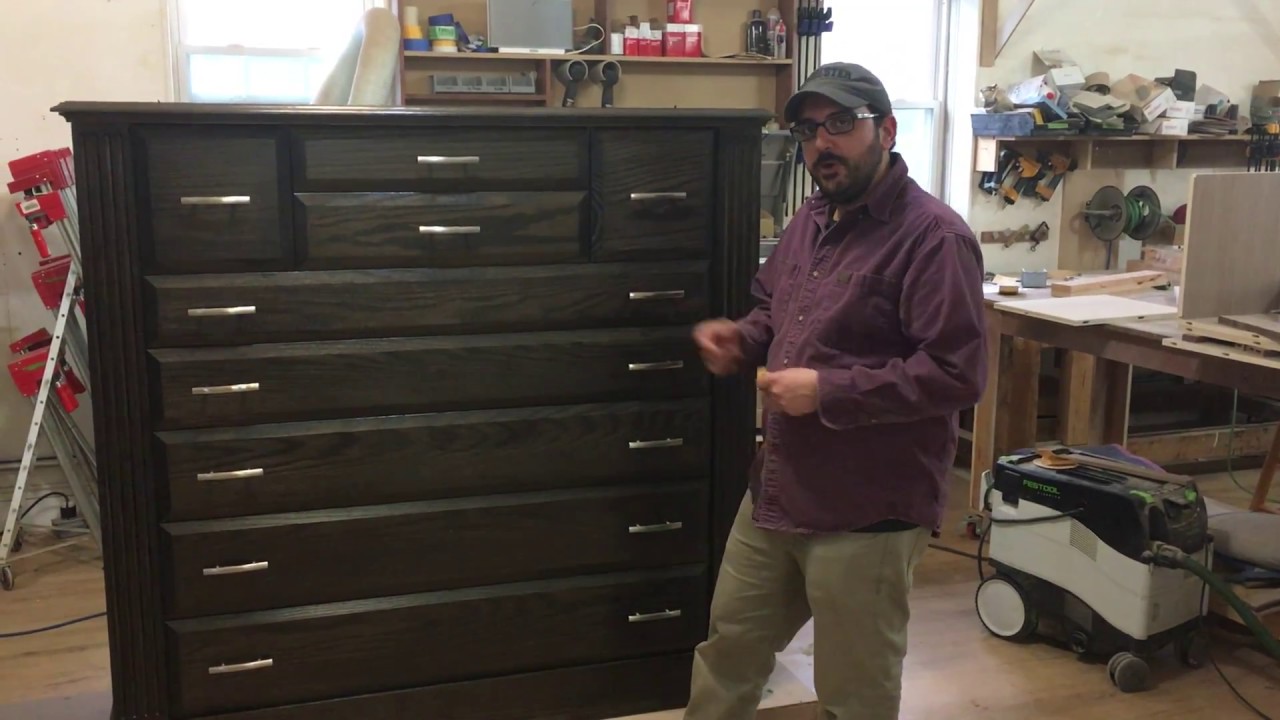

Furniture
How To Protect The Dresser Top
Modified: October 29, 2024
Protect your furniture and keep your dresser top looking brand new with these easy tips and techniques. Learn how to prevent scratches, stains, and other damage.
(Many of the links in this article redirect to a specific reviewed product. Your purchase of these products through affiliate links helps to generate commission for Storables.com, at no extra cost. Learn more)
Introduction
When it comes to protecting your furniture, the dresser top often gets overlooked. We spend so much time selecting the perfect dresser for our bedrooms, but we forget to take the necessary steps to keep it looking its best. However, protecting the dresser top is crucial for maintaining its beauty and extending its lifespan.
The dresser top is prone to various damages such as scratches, stains, heat marks, water damage, and fading due to sunlight exposure. These issues can not only diminish the appearance of the dresser but also reduce its functionality. Therefore, implementing a few protective measures can go a long way in preserving the dresser top and ensuring its longevity.
In this article, we will delve into the importance of protecting dresser tops, the common damages they are susceptible to, and various ways to safeguard them. Whether you have just bought a new dresser or want to give your old one a facelift, these tips and techniques will help you keep your dresser top in pristine condition.
Key Takeaways:
- Protecting your dresser top is crucial for maintaining its beauty and functionality. Implementing preventive measures and choosing the right protective materials can safeguard against scratches, stains, heat damage, and fading, ensuring its longevity.
- Simple DIY solutions and furniture covers offer convenient ways to add a personal touch and provide all-around defense for your dresser top. By being proactive in protection and maintenance, you can enjoy a well-preserved and long-lasting furniture piece.
Read more: How To Decorate The Top Of A Dresser
Importance of Protecting Dresser Tops
Protecting the dresser top is not only about preserving its aesthetic appeal but also ensuring the longevity and functionality of the furniture piece. Here are some key reasons why it is important to invest in dresser top protection:
- Prolonged Lifespan: The dresser top is exposed to daily wear and tear, making it susceptible to damage over time. By implementing protective measures, you can extend the lifespan of your dresser, allowing it to serve you for years to come.
- Preserving Appearance: Dresser tops are often the focal point of the bedroom, adding style and sophistication to the overall decor. Protecting the dresser top helps maintain its pristine appearance, keeping it free from scratches, stains, and other unsightly marks.
- Enhancing Resale Value: If you plan to sell or upgrade your dresser in the future, a well-maintained and protected dresser top can significantly increase its resale value. Potential buyers will appreciate the investment made in protecting the furniture piece.
- Mitigating Damage: Dresser tops are prone to various damages, including scratches, heat marks, water stains, and fading. By implementing protective measures, you can mitigate the risk of these damages and prevent expensive repairs or replacements.
- Maintaining Functionality: A damaged dresser top can impact the functionality of the furniture piece. When the surface is marred with scratches or stains, it becomes less suitable for holding items or displaying cherished belongings. Protecting the dresser top ensures its functionality remains intact.
Now that we understand the importance of protecting dresser tops, let’s explore the common damages that these surfaces are prone to and how to prevent them.
Common Damages to Dresser Tops
Dresser tops are susceptible to various damages that can detract from their appearance and functionality. Understanding these common damages can help you take the necessary precautions to prevent them. Here are some of the most frequent damages that dresser tops endure:
- Scratches: Dresser tops are often subject to scratches caused by sharp objects, rough handling, or placing items directly on the surface without protection. These scratches can be unsightly and mar the overall look of the furniture piece.
- Stains: Spills from liquids, such as water, beverages, or beauty products, can leave permanent stains on the dresser top if not cleaned up promptly. Stains not only ruin the appearance but can also seep into the wood, causing further damage.
- Heat Marks: Placing hot items like plates, mugs, or hair straighteners directly on the dresser top can leave heat marks or burn marks. These marks can be challenging to remove and can significantly damage the finish of the dresser.
- Water Damage: Exposure to moisture, whether from spills, high humidity, or condensation, can lead to water damage on the dresser top. This can cause warping, discoloration, or even mold growth, compromising the structural integrity of the furniture piece.
- Fading: Extended exposure to sunlight can cause the dresser top’s finish, color, and wood grain to fade over time. This can result in an uneven appearance and diminish the overall beauty of the dresser.
Preventing these damages requires implementing protective measures and adopting good habits for dresser top care. In the following sections, we will explore various ways to choose the right protective materials, clean and maintain the dresser top, and utilize simple DIY solutions to safeguard against these common damages.
Choosing the Right Protective Materials
Protecting your dresser top starts with selecting the right materials that offer effective defense against common damages. Here are some key protective materials to consider:
- Dresser Pads or Table Runners: These can provide a physical barrier between the dresser top and any objects placed on it. Look for pads or runners made from materials such as felt or cork, which offer cushioning and protection against scratches.
- Glass or Acrylic Tabletop Protectors: Transparent protectors can be placed on top of the dresser surface to shield it from scratches, stains, and heat marks. Glass or acrylic protectors are easy to clean and can display the natural beauty of the dresser underneath.
- Microfiber or Soft Cloth: When cleaning the dresser top, choose microfiber or soft cloths to prevent scratching the surface. Avoid using abrasive materials, such as rough sponges or harsh cleaning pads.
- Furniture Wax or Polish: Applying a protective wax or polish to the dresser top can create a barrier against moisture, stains, and fading. Choose a product specifically formulated for wood furniture and follow the manufacturer’s instructions for application.
- Coasters and Trivets: Use coasters or trivets under drinks, hot items, or anything that may leave moisture or heat marks on the dresser top. These small accessories can prevent direct contact between the surface and potential damaging elements.
When selecting protective materials, consider the specific needs of your dresser and your personal preferences. Keep in mind that while these materials can offer protection, regular cleaning and maintenance are still necessary to ensure the longevity of your dresser top. In the next section, we will explore the essential steps for cleaning and maintaining the dresser top effectively.
Cleaning and Maintaining the Dresser Top
Regular cleaning and maintenance of the dresser top are essential to keep it looking its best and prevent damage. Here are some important steps to follow:
- Dust Regularly: Use a soft, lint-free cloth or a microfiber duster to gently remove dust and debris from the surface of the dresser top. Avoid using feather dusters or rough cloths that can scratch the finish.
- Remove Spills Promptly: If any spills occur, especially liquids that can stain (e.g., coffee, wine, or cosmetics), clean them up immediately using a damp cloth. Blot the spill gently without rubbing to avoid spreading the stain.
- Avoid Harsh Chemicals: When cleaning the dresser top, steer clear of abrasive cleaners, solvents, or harsh chemicals that can damage the finish or strip away protective coatings. Instead, opt for gentle, wood-friendly cleaners or a mixture of mild soap and water.
- Use Wood-Specific Cleaners: If you prefer using commercial wood cleaners, choose products that are specifically formulated for wood furniture and follow the manufacturer’s instructions for application. These cleaners can nourish the wood and help maintain its natural beauty.
- Apply Protective Wax or Polish: Depending on the type of finish on your dresser top, periodically apply a protective wax or polish to maintain its luster and protect against moisture, stains, and fading. Follow the product instructions and buff the finish gently for a smooth and shiny appearance.
- Keep Away from Direct Sunlight: Position the dresser away from windows or direct sunlight to prevent excessive exposure to UV rays. Prolonged sunlight exposure can cause fading and discoloration of the dresser top. Consider using curtains or blinds to shield the dresser from intense sunlight.
- Use Mats or Felt Pads: Protect the dresser top from scratches caused by objects or accessories by placing mats or felt pads underneath them. This preventive measure ensures that metal or hard materials do not come into direct contact with the surface.
By following these cleaning and maintenance practices, you can keep your dresser top in excellent condition and protect it from common damages. However, if you are looking for simple DIY solutions and additional protection for your dresser top, the next sections will cover some practical options to consider.
Read more: How To Organize Dresser Top
Simple DIY Protective Solutions
If you’re looking for cost-effective and creative ways to protect your dresser top, there are several DIY solutions you can consider. These solutions not only provide protection but also add a touch of personalization to your furniture. Here are some simple DIY protective solutions:
- Use Adhesive Felt Pads: Attach adhesive felt pads to the bottom of objects that are frequently placed on the dresser top, such as lamps, vases, or decorative items. This helps protect the surface from scratches caused by these objects.
- Create Customized Coasters: Make your own coasters using fabric, cork, or felt. Cut pieces to the desired size and shape and add a layer of protective varnish or waterproof sealant. These DIY coasters will prevent moisture rings and heat marks on the dresser top.
- Apply Drawer Liners: Line the drawers of your dresser with adhesive drawer liners. This not only protects the interior of the drawers but also prevents items from scratching the dresser top when they are placed or removed.
- DIY Trays: Create decorative trays using sturdy materials like wood or acrylic sheets. Place these trays on the dresser top to hold frequently used items such as jewelry, cosmetics, or small accessories. This creates a designated area for these items, reducing the risk of scratches or spills on the surface.
- Customize Glass Protectors: If you prefer a glass or acrylic protector for your dresser top, consider adding a personal touch by decorating it. Insert photos, artwork, or decorative paper underneath the glass surface to create a unique and custom design.
- Repurpose Fabric or Vinyl: If you have leftover fabric or vinyl material, repurpose it by creating a protective table runner or placemats. These can be easily cleaned and provide an extra layer of protection for the dresser top.
These DIY solutions offer versatility and affordability for protecting your dresser top. Get creative and explore different materials and designs that match your personal style and complement the overall decor of your bedroom.
While DIY solutions can be fun and effective, there are also pre-made options available in the market specifically designed for furniture protection. In the next section, we will discuss the use of furniture covers or protectors as an additional safeguard for dresser tops.
Use a clear acrylic or glass top to protect the dresser surface from scratches and spills. This will also allow the beauty of the dresser to show through.
Using Furniture Covers or Protectors
If you’re looking for convenient and hassle-free protection for your dresser top, furniture covers or protectors are an excellent option. These pre-made solutions are designed to fit various furniture sizes and shapes, providing all-around defense against common damages. Here’s how you can use furniture covers or protectors to safeguard your dresser top:
- Fitted Covers: Fitted covers are tailored to fit specific dresser dimensions and often come with elasticized edges to ensure a snug and secure fit. These covers offer full coverage for the dresser top, protecting it from scratches, stains, and dust accumulation.
- Slip-On Protectors: Slip-on protectors are designed to be slipped over the dresser top like a sleeve. They provide a barrier against scratches, spills, and fading caused by sunlight exposure. Slip-on protectors are available in various materials, such as fabric, vinyl, or waterproof materials.
- Custom-Made Covers: If you have a unique or oddly-shaped dresser, you can opt for custom-made covers. Many online retailers offer made-to-order furniture covers to ensure a perfect fit for your specific dresser design.
- UV-Resistant Covers: If your dresser is positioned in an area exposed to direct sunlight, consider using UV-resistant covers. These covers are specially designed to protect furniture from the damaging effects of UV rays, preventing fading and discoloration.
- Waterproof Covers: If you anticipate a higher risk of water spills or moisture on your dresser top, consider using waterproof covers. These covers have a water-resistant layer that prevents liquids from seeping through and causing damage to the wood or finish.
Using furniture covers or protectors is a simple and effective way to shield your dresser top from various damages. They offer convenience, as they can be easily removed for cleaning or when you want to showcase the natural beauty of the dresser. Additionally, they come in a range of designs and materials, allowing you to find one that complements your bedroom decor.
While furniture covers or protectors provide an additional layer of defense, it’s still important to follow proper cleaning and maintenance routines for the dresser top. The next sections will highlight specific tips to prevent scratches, heat damage, water damage, and fading on your dresser top.
Preventing Scratches and Heat Damage
Scratches and heat damage are common issues that can affect the appearance and functionality of your dresser top. Fortunately, there are several preventive measures you can take to protect your dresser top from these types of damage:
- Use Protective Pads: Place adhesive felt or rubber pads under decorative items, lamps, or any objects that come in direct contact with the dresser top. These pads create a cushioning layer and prevent scratches caused by the movement or friction of these items.
- Avoid Dragging Objects: When moving objects on the dresser top, make sure to lift them instead of dragging or sliding them across the surface. Dragging items can cause scratches, especially if the object has sharp edges or rough bottoms.
- Use Coasters and Trivets: Always use coasters or trivets under hot items, such as mugs, plates, or hair styling tools. Heat marks and burns can damage the finish of the dresser top, so it is important to provide a barrier between the surface and the hot objects.
- Protect with Heat-Resistant Mats: If you frequently use heat styling tools or regularly place hot items on your dresser top, consider using heat-resistant mats or pads. These mats can tolerate high temperatures and serve as a protective barrier against heat damage.
- Avoid Excessive Weight: Be cautious when placing heavy objects on the dresser top, as excessive weight can result in indents or cracks. Distribute the weight evenly and use support, such as placemats or trays, to prevent direct pressure on the surface.
- Regularly Clean and Dust: Regular cleaning and dusting keep the dresser top free from abrasive particles that can cause scratches. Use a soft cloth or microfiber duster to gently remove dust, and avoid using abrasive cleaning tools or harsh chemicals.
By implementing these preventive measures, you can significantly reduce the risk of scratches and heat damage to your dresser top. However, accidents can still happen, so it’s important to address any scratches or heat marks as soon as you notice them. For minor scratches, you can use touch-up markers or wax crayons in a matching shade to fill in the scratches and blend them with the rest of the surface.
Now that we’ve covered preventing scratches and heat damage, let’s move on to another common issue: protecting the dresser top from water and liquid damage.
Avoiding Water and Liquid Damage
Water and liquid damage can be detrimental to the appearance and structural integrity of your dresser top. To protect against water and liquid damage, it is essential to take the following precautions:
- Wipe Up Spills Immediately: Accidental spills can happen, so it’s crucial to act quickly. Use a soft, absorbent cloth or paper towel to blot up any spills immediately, preventing them from seeping into the wood or causing stains.
- Use Waterproof Coasters: Invest in waterproof coasters or placemats to place under glasses, mugs, or other items that can leave moisture rings. These coasters create a protective barrier, preventing water or liquid from coming into direct contact with the dresser top.
- Avoid Exposing to Excessive Moisture: Keep your dresser away from areas with high humidity or excessive moisture, such as bathrooms or near windows with condensation issues. Prolonged exposure to moisture can cause warping, discoloration, or even mold growth.
- Use a Water-Resistant Sealant: Consider applying a water-resistant sealant or protective coating to the dresser top. This creates a layer of protection against liquid spills and prevents them from penetrating into the wood.
- Be Cautious with Cleaning Products: When cleaning the dresser top, avoid using excessive amounts of water or soaking the surface. Use a damp cloth or a wood-friendly cleaner recommended by the manufacturer for routine cleaning.
- Regularly Inspect and Maintain: Regularly inspect the dresser top for any signs of water damage, such as discoloration, bubbling, or soft spots. Address any issues promptly, and consider consulting a professional if the damage is extensive.
By incorporating these preventive measures, you can minimize the risk of water and liquid damage to your dresser top. However, accidents can still happen, so it’s essential to be proactive and prepared to address any spills or water-related incidents promptly. Taking these precautions will help ensure the longevity and beauty of your dresser top.
Next, let’s explore how to protect your dresser top from another common issue: sunlight exposure and fading.
Read more: How To Fix A Damaged Dresser Top
Protecting Dresser Tops from Sunlight and Fading
Sunlight exposure can lead to fading and discoloration of your dresser top over time. Protecting your dresser from sunlight is essential to maintain its original beauty and prevent premature aging. Here are some effective ways to protect your dresser top from sunlight and fading:
- Positioning: Place your dresser away from direct sunlight or windows. Position it in an area where it won’t be consistently exposed to bright sunlight throughout the day.
- Curtains or Blinds: Install curtains, blinds, or shades to control the amount of sunlight entering the room. Keeping the curtains closed during peak sunlight hours helps reduce the exposure to harmful UV rays.
- UV-Protective Window Film: Consider applying UV-protective window film to windows that receive direct sunlight. This film helps block harmful UV rays while still allowing natural light into the room.
- Furniture Covers or Drapes: Cover your dresser with a fabric cover or drape, especially when the room is not in use. This provides an extra layer of protection against sunlight exposure.
- Rotate Decorative Items: If you have decorative accessories or items displayed on your dresser, consider periodically rotating or moving them to prevent uneven fading. This distributes the sunlight exposure evenly across the dresser top.
- Apply UV-Protective Polish: Use a furniture polish or wax that contains UV protectants. These products help create a shield against harmful UV rays, reducing the risk of fading and discoloration.
- Use Window Treatments: If sunlight still reaches your dresser top despite taking preventive measures, consider using decorative items such as artwork, vases, or plants to create a barrier between the sunlight and the dresser surface.
By implementing these measures, you can significantly reduce the risk of sunlight damage to your dresser top and prevent unsightly fading. Remember that regular cleaning and maintenance, as well as using protective materials, are still necessary to keep your dresser top in optimal condition.
Now that we’ve explored various ways to protect your dresser top from different damages, let’s summarize the key points discussed in this article.
Conclusion
Protecting your dresser top is essential for maintaining its beauty and extending its lifespan. By implementing preventive measures, you can safeguard your dresser top from common damages such as scratches, heat marks, water damage, and fading. Choosing the right protective materials, regularly cleaning and maintaining the dresser top, and utilizing simple DIY solutions are all effective ways to ensure its longevity.
When selecting protective materials, consider options like dresser pads, glass or acrylic protectors, and microfiber or soft cloths for cleaning. Avoiding harsh chemicals and using wood-specific cleaners or protective wax can also contribute to maintaining the dresser top’s appearance.
Additionally, implementing simple DIY solutions like adhesive felt pads, custom coasters, or repurposing fabric or vinyl can provide an extra layer of protection and personalize your dresser top. For more convenience, furniture covers or protectors designed specifically for dressers offer all-around defense against scratches, spills, and fading.
Prevention is key when it comes to protecting your dresser top. Taking measures to prevent scratches, such as using protective pads, avoiding dragging objects, and using coasters and trivets, can go a long way in maintaining its pristine condition. Heat damage can be minimized by using heat-resistant mats, coasters, or slip-on protectors.
Water and liquid damage can be avoided by promptly wiping up spills, using waterproof coasters, and limiting exposure to excessive moisture. Protecting your dresser top from sunlight and fading involves strategic positioning, using curtains or blinds, applying UV-protective window film, and utilizing furniture covers, drapes, or UV-protective polishes.
By following these protective measures and incorporating good cleaning and maintenance practices, you can enjoy a well-preserved and long-lasting dresser top. Remember that prevention is always easier than repair, so it is crucial to be proactive in protecting your furniture investment.
With your dresser top protected, you can confidently showcase your personal style, display cherished belongings, and enjoy the beauty of your bedroom. So go ahead, take the necessary steps to protect your dresser top and ensure that it remains a focal point of style and functionality in your home for years to come.
Frequently Asked Questions about How To Protect The Dresser Top
Was this page helpful?
At Storables.com, we guarantee accurate and reliable information. Our content, validated by Expert Board Contributors, is crafted following stringent Editorial Policies. We're committed to providing you with well-researched, expert-backed insights for all your informational needs.

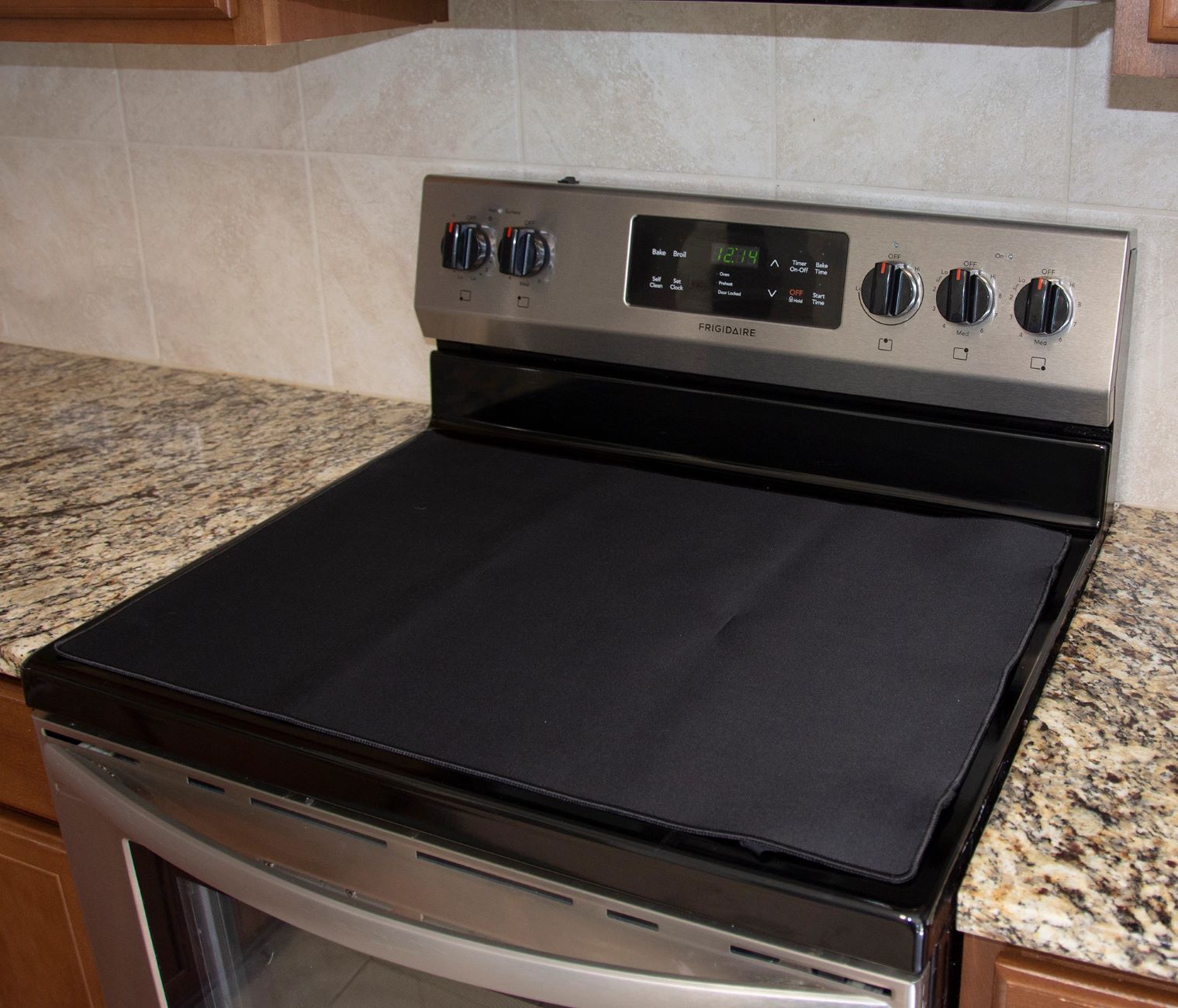
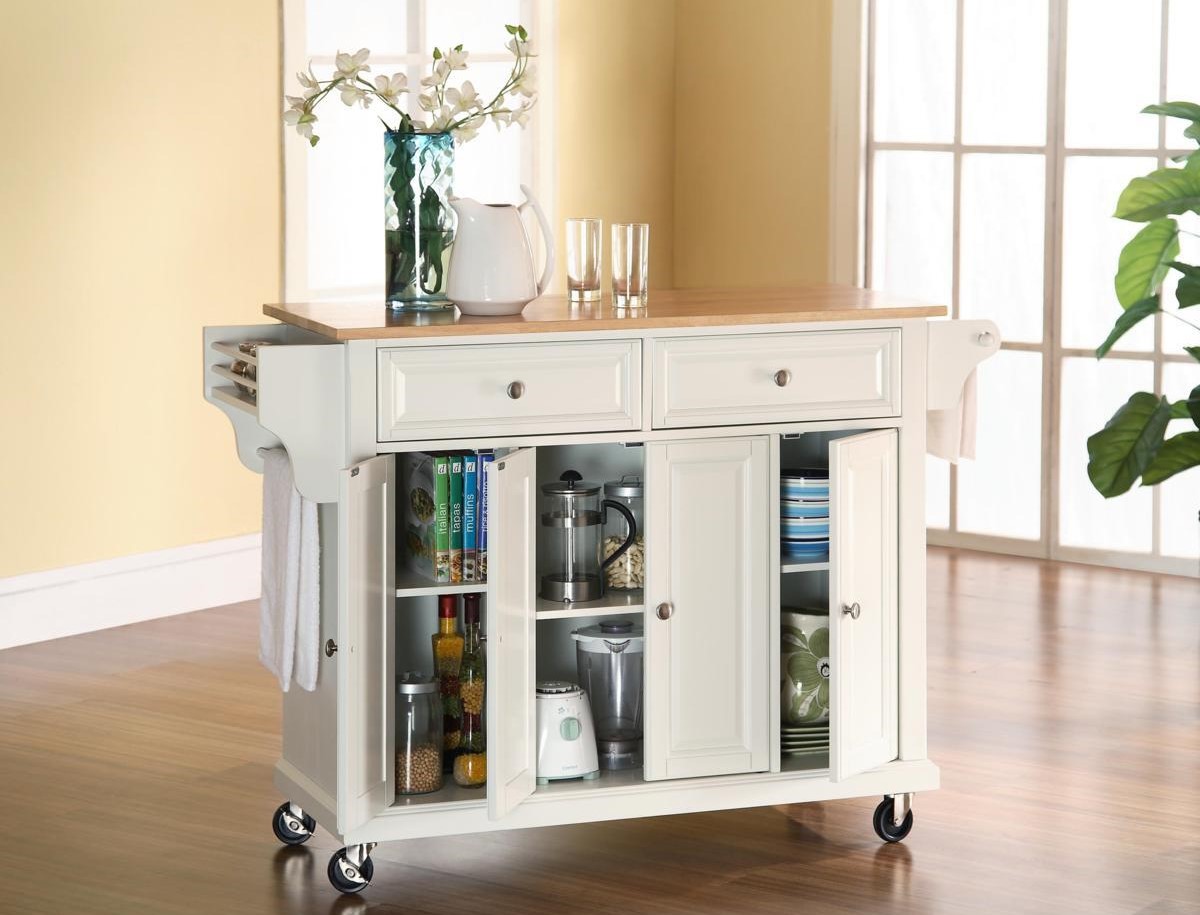
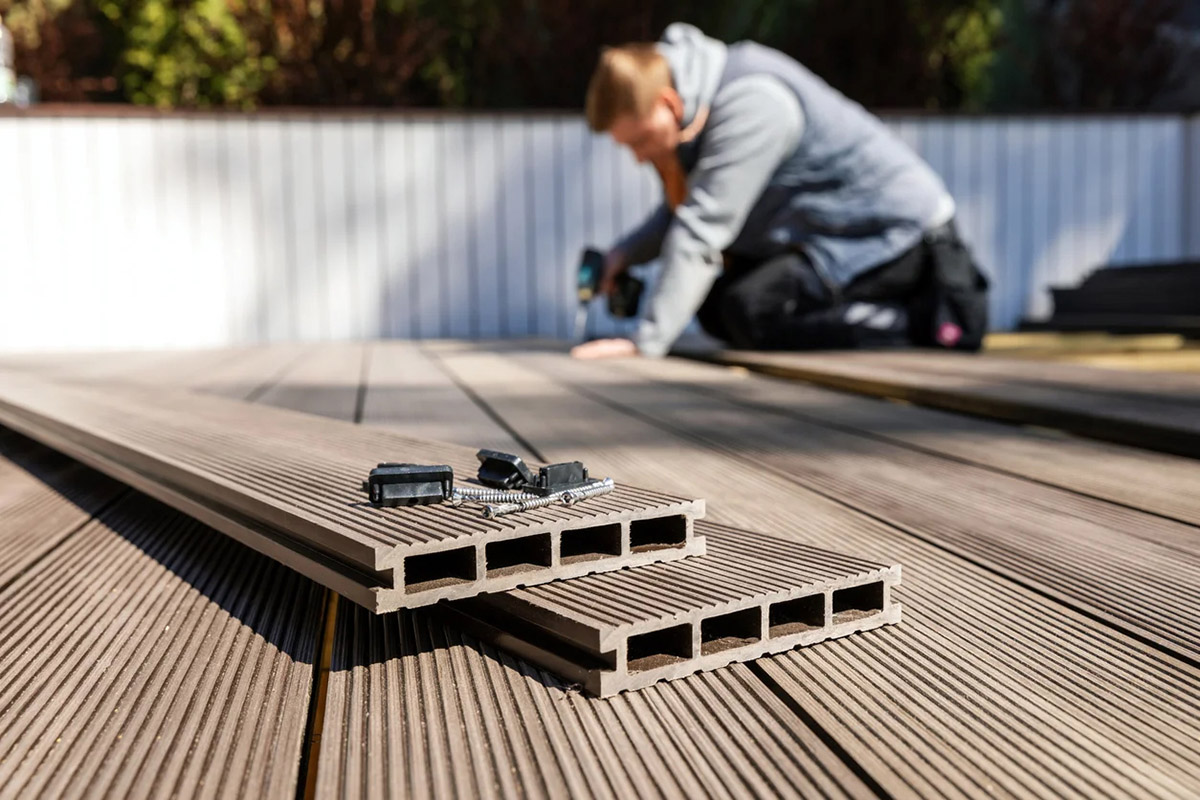
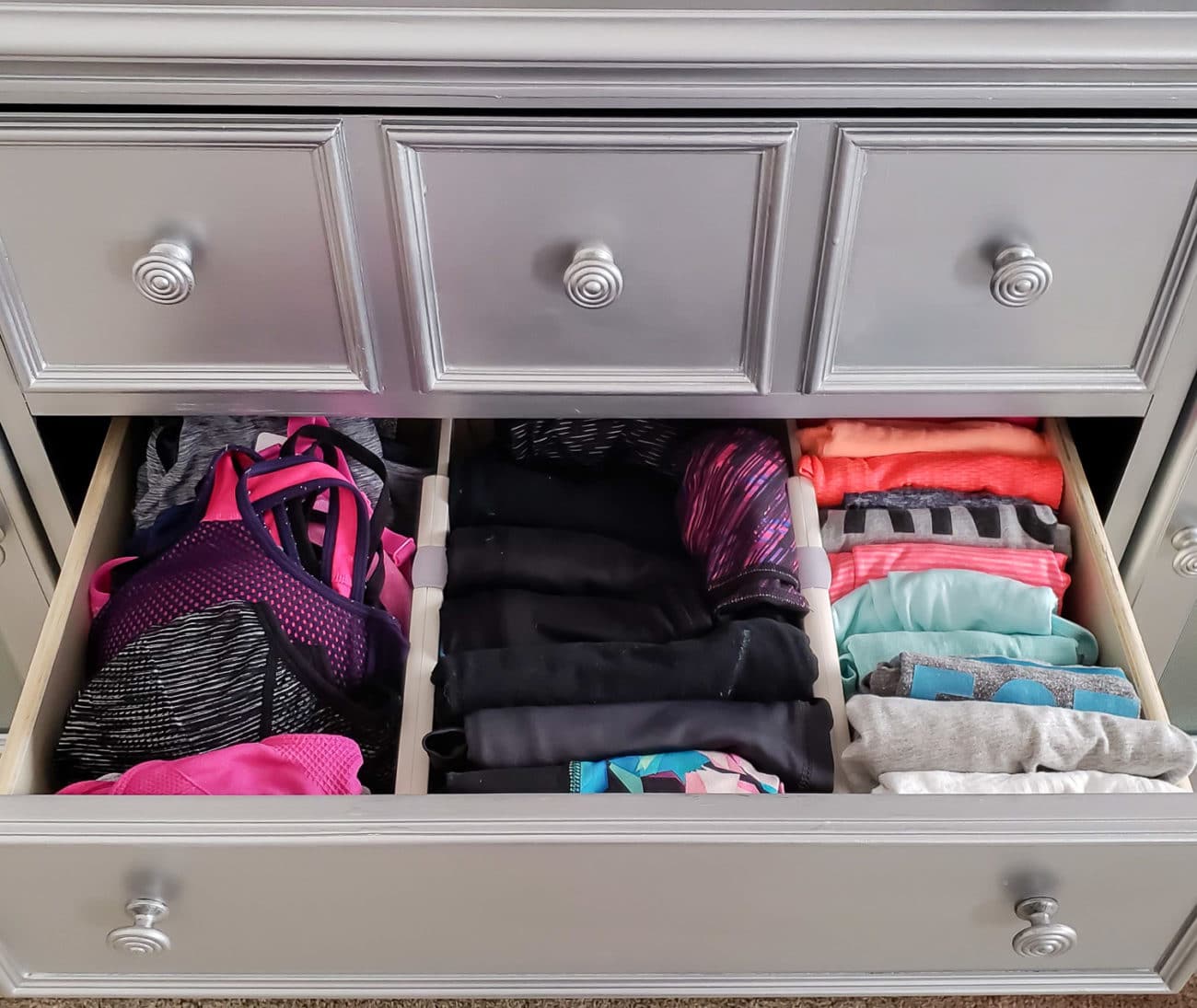
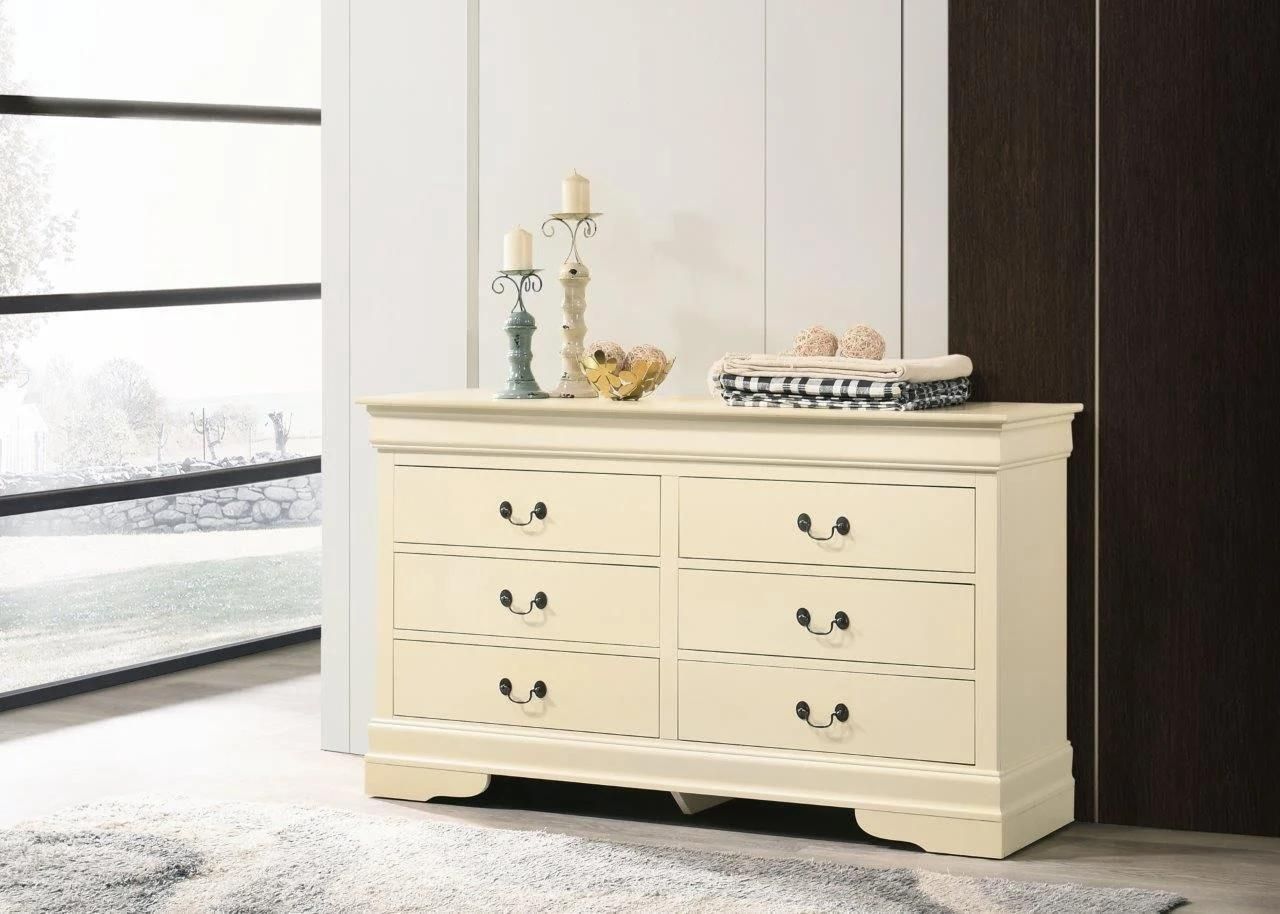
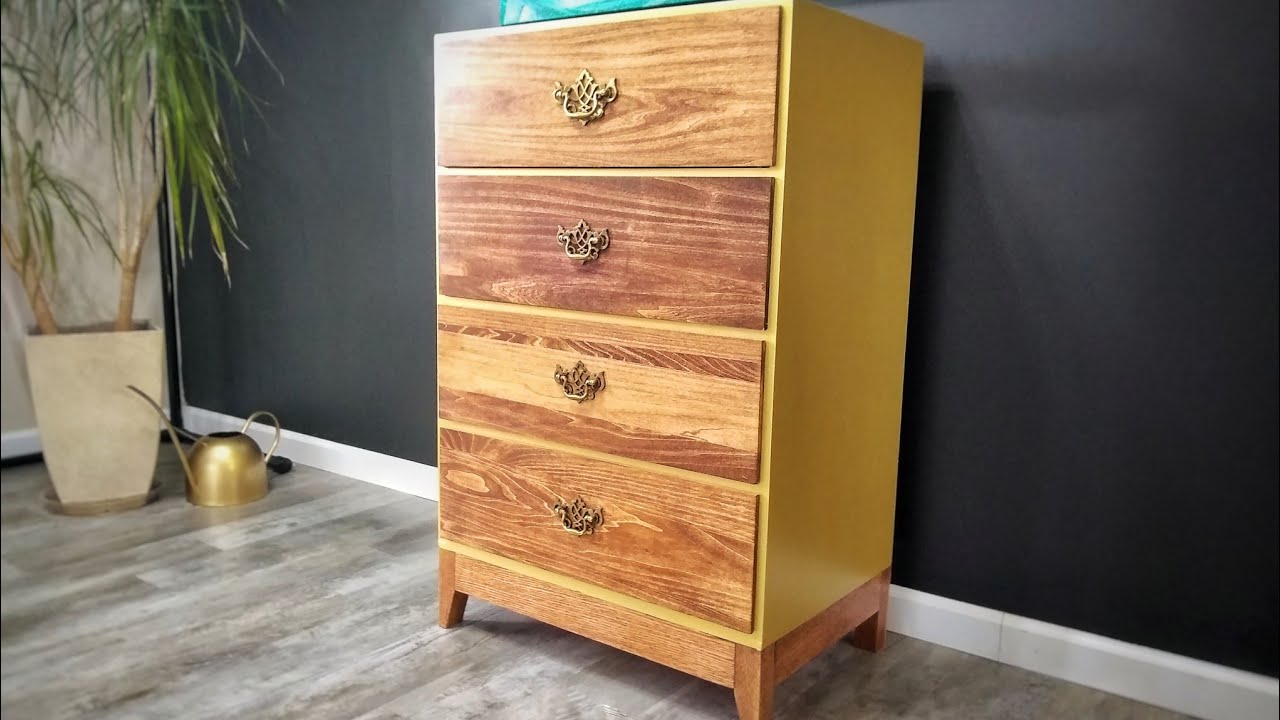
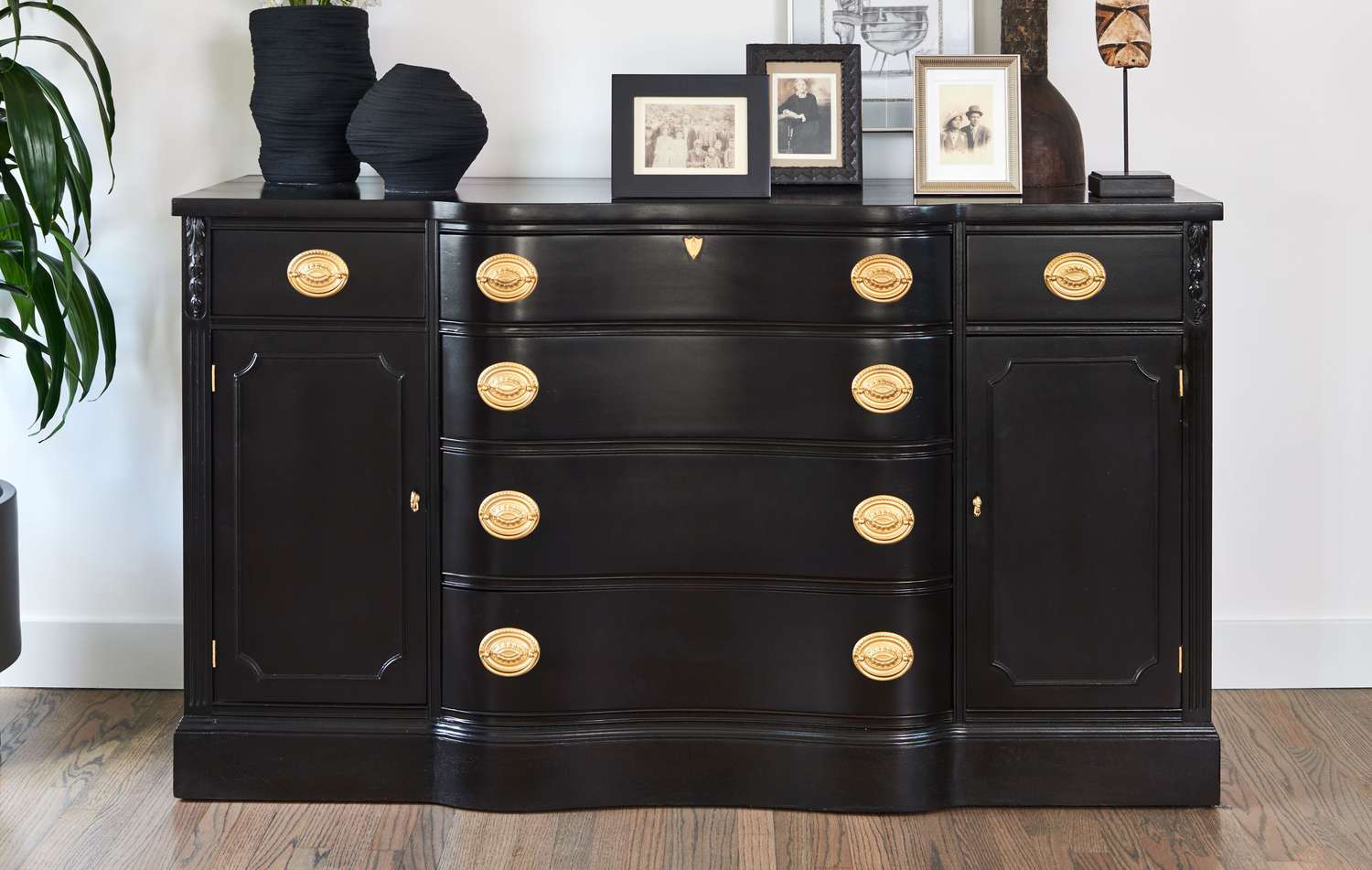
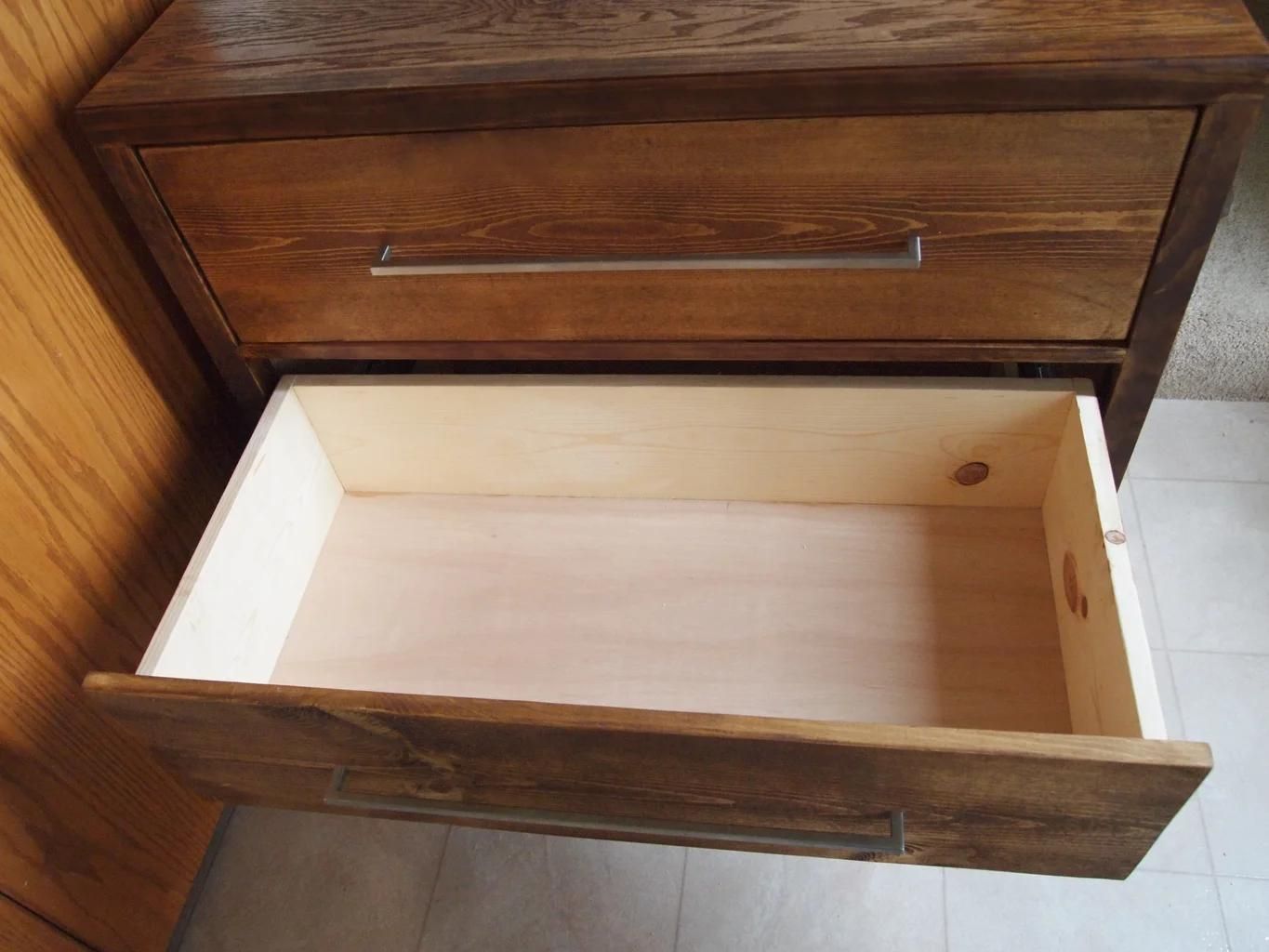
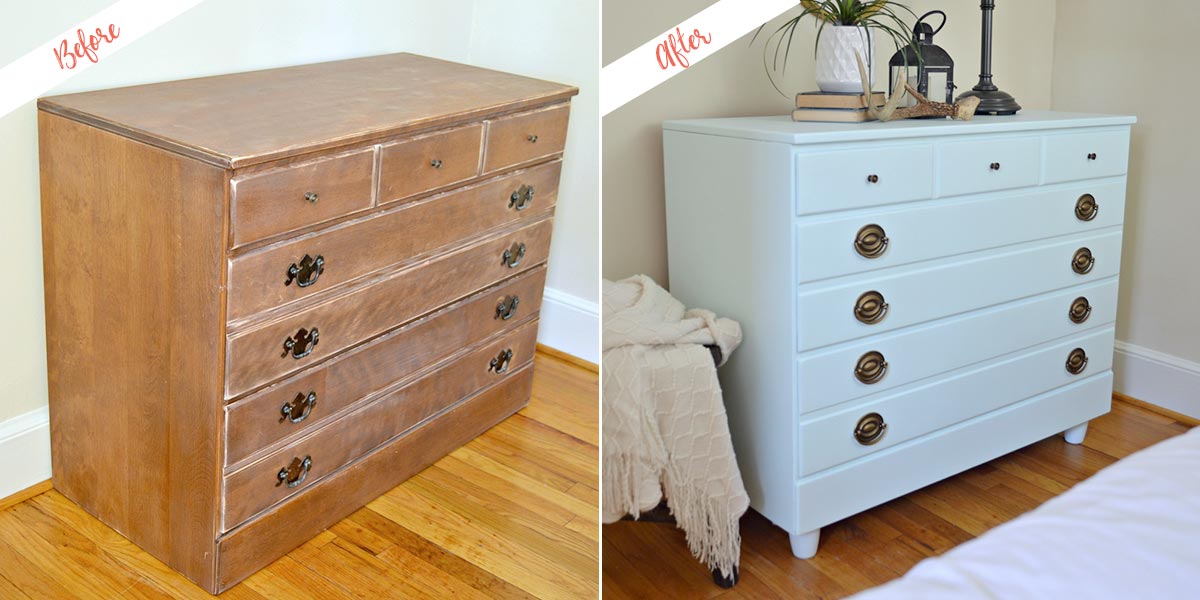
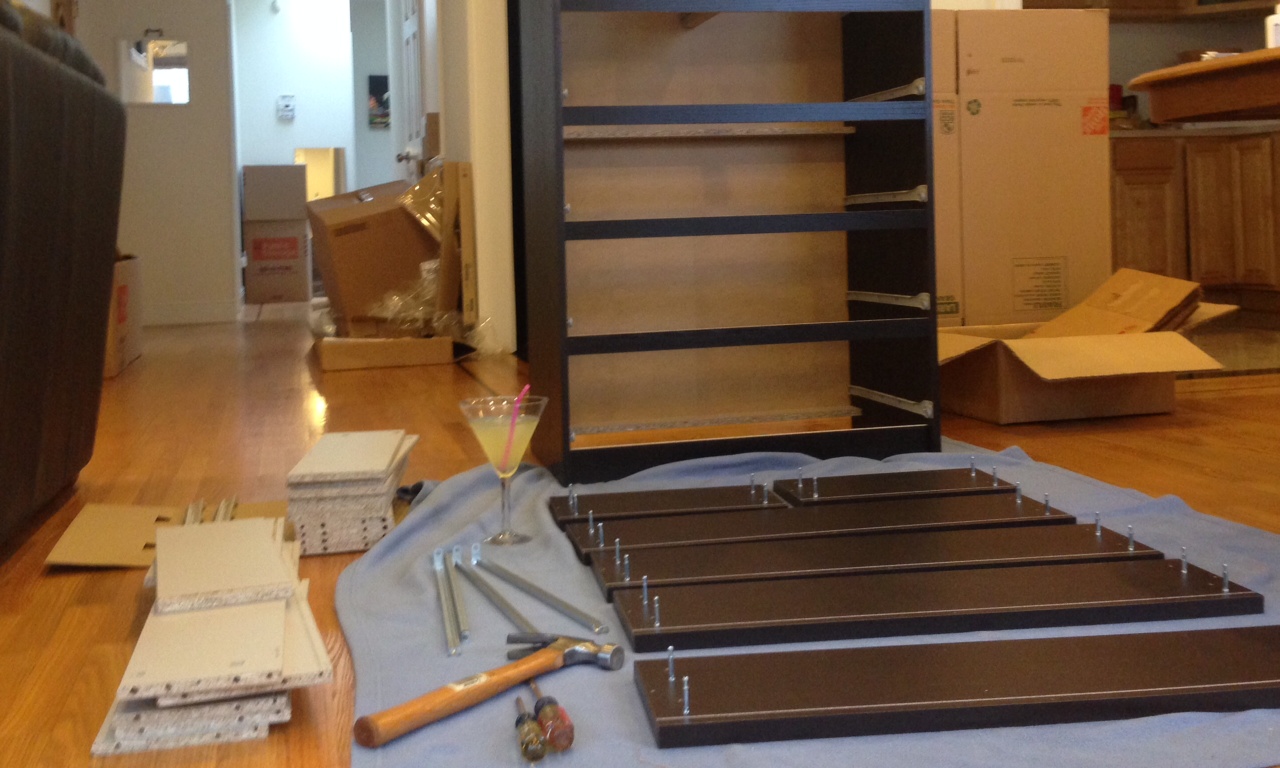
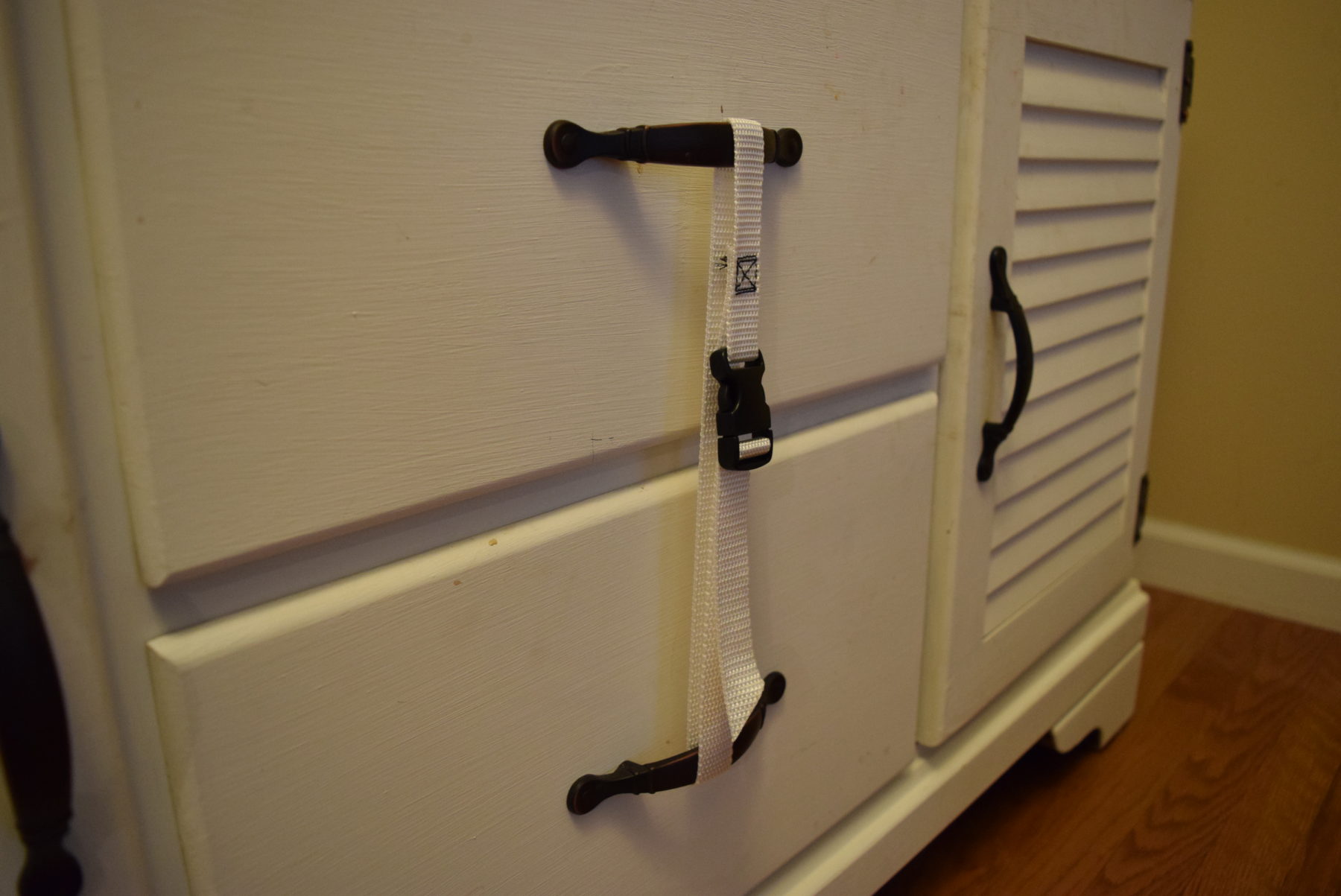
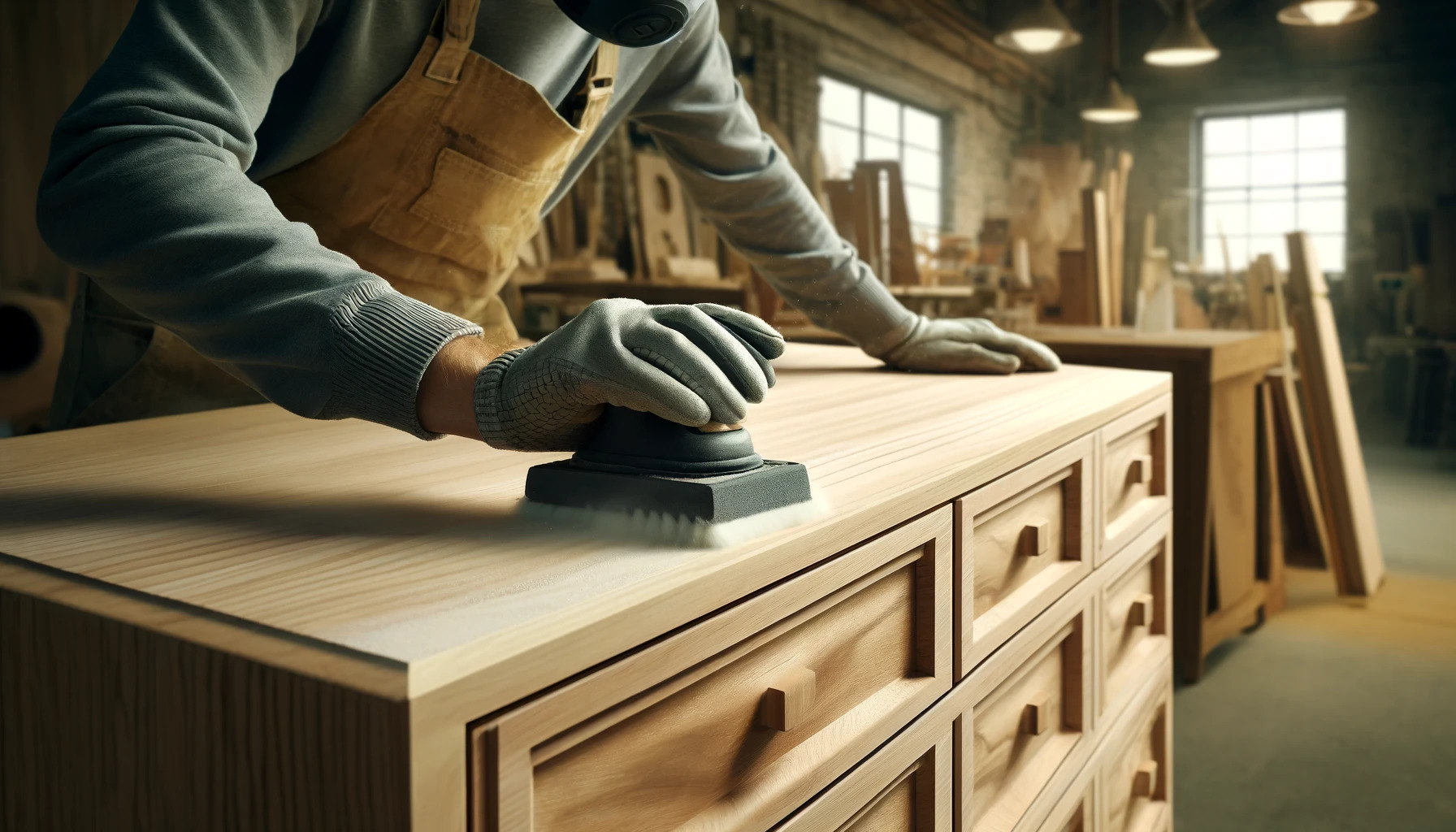

0 thoughts on “How To Protect The Dresser Top”